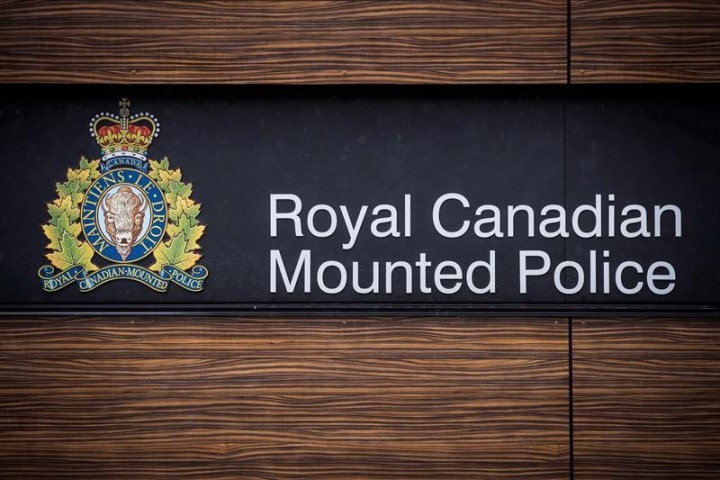MONTREAL – The Montreal Canadiens fell 4-1 to the Los Angeles Kings on Thursday. They also lost their top minute-muncher in the process.
Matheson logged 7:35 in ice time during the first period but did not return for the second because of an upper-body injury. When or how Matheson sustained the injury was not clear. The Canadiens said he would be re-evaluated on Friday.
The game was tied at 1 before he exited, forcing the Canadiens to play with five defencemen for 40 minutes.
“Mike is one of the biggest parts of our D core, and I think losing him — he’s playing against top line, playing power play and we want him on the ice — definitely losing him was a big loss,” teammate David Savard said. “We got to figure out a way to get the two points, even if a player goes out.”
The 30-year-old Matheson of Pointe-Claire, Que., led all Canadiens defencemen with 62 points and a 25:33 average ice time last season.
With his absence, rookie sensation Lane Hutson played a whopping 30:05 in only his seventh NHL game. The next closest player? Kaiden Guhle at 23:09.
Head coach Martin St. Louis was impressed with how the 20-year-old Hutson handled the challenge.
“Lane doesn’t take a shift off,” head coach Martin St. Louis said. “I love the consistency of his compete level, and he drives possession. For a guy who played 30 minutes, I think he gave everything he could to try and help the team.
“I’m not surprised. I know it’s challenging at this level, losing Mike definitely made him play many minutes, chasing the game made him play many minutes, but I just love his compete level.”
Canadiens fans have been clamouring for Hutson — a five-foot-nine, 162-pound defenceman with world-class skill — to take Matheson’s spot on the No. 1 power play.
The Canadiens, however, went 0-for-3 with Hutson running the show after Matheson went down. In the first instance, Kirby Dach took a hooking penalty early in the man-advantage to end it. On the second, the Canadiens failed to generate any zone time.
The third came in the final minutes, but the Kings buried an empty-netter.
“It wasn’t a lack of opportunity, lots of ice time, lots of shifts,” Hutson said. “It was good, it was fun, but obviously you want to be on the other side of it, winning.
“Means a lot (to get that opportunity), but obviously, you want to get more out of that opportunity. It’s a lot of ice, and you want to keep taking steps in the right direction.”
‘IMMATURE EFFORT’
The Canadiens fell to a Kings team that had lost three straight games and was coming off a 6-2 loss to the Toronto Maple Leafs on Wednesday night.
Under those circumstances, the Canadiens were brutally honest with themselves after the game.
“Definitely disappointed,” captain Nick Suzuki said. “It was an immature effort from us, especially with them playing yesterday and getting in late, so I think we gave them too much life, and let them feel comfortable in the game. It’s on us to be a lot better than that.”
Before the game, St. Louis stressed the need for a good first period against a fatigued Los Angeles side. That’s not what he saw Thursday night.
“I think we had 14 turnovers in the first period. It’s unacceptable. It gives them life,” he said. “Then you’re chasing the game for the second half of it — we didn’t play to our standard.
“I’m really disappointed. Really disappointed.”
BIG SAVE DAVE
Kings goalie David Rittich played his second game in two nights — an unusual occurrence in this day and age of the NHL. He made 25 saves after allowing four goals on 14 shots in Toronto.
“We always believe in him anyway, but he performed today pretty well and bounced back,” defenceman Vladislav Gavrikov said. “It’s probably like most important for himself, that’s huge, and for the team. He played outstanding today.”
LONG ROAD
The Kings are opening the season on a seven-game road trip because of renovations at Crypto.com Arena. They’ve collected six of a possible 10 points so far.
“Pretty much worse (than expected),” forward Phillip Danault said. “We’ve been on the road for three weeks … It’s good team-bonding, whether we should do it again I’m not sure, but it has turned out well let’s say with six points out of 10.”
This report by The Canadian Press was first published Oct. 17, 2024.
